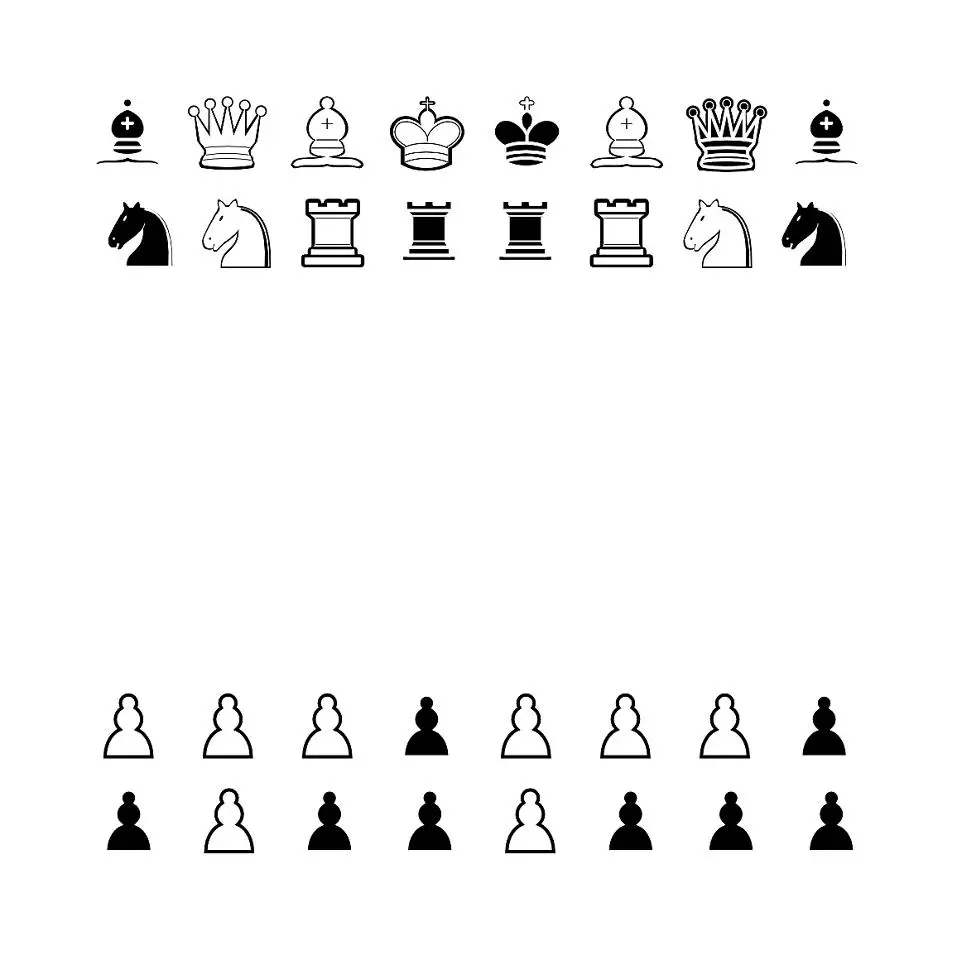The Convention on Road Signs and Signals, commonly known as the Vienna Convention on Road Signs and Signals, is a multilateral treaty to standardize the signing system for road traffic (road signs, traffic lights and road markings) in use internationally.
In the United States, signs are based on the US Federal Highway Administration’s Manual on Uniform Traffic Control Devices. Signs in the MUTCD are often more text-oriented, though some signs do use pictograms as well. Canada and Australia have road signs based substantially on the MUTCD. In South America, Ireland, several Asian countries (Cambodia, Japan, Thailand, Malaysia and Indonesia) and New Zealand, road signage is influenced by both the Vienna Convention and MUTCD. In Central America, road signs are heavily influenced by MUTCD and based on the Manual Centroamericano de Dispositivos Uniformes para el Control del Transito, a Central American Integration System (SICA) equivalent to the US MUTCD.
The convention has 71 state parties and 35 signatories (including acceding members) as of October 2022: Albania, Armenia, Austria, Azerbaijan, Bahrain, Belarus, Belgium, Benin, Bosnia and Herzegovina, Brazil, Bulgaria, Burundi, Central African Republic, Chile, Costa Rica, Côte d’Ivoire, Croatia, Cuba, Cyprus, Czechia, Democratic Republic of the Congo, Denmark, Ecuador, Estonia, Finland, France, Georgia, Germany, Ghana, Greece, Guyana, Holy See, Hungary, India, Indonesia, Iran, Iraq, Italy, Kazakhstan, Kuwait, Kyrgyzstan, Latvia, Liberia, Liechtenstein, Lithuania, Luxembourg, North Macedonia, Madagascar, Mexico, Moldova, Mongolia, Montenegro, Morocco, Myanmar, Netherlands, Nigeria, Norway, Pakistan, Paraguay, the Philippines, Poland, Portugal, Qatar, Romania, Russia, San Marino, Saudi Arabia, Senegal, Serbia, Seychelles, Sierra Leone, Slovakia, Slovenia, Spain, Sri Lanka, Suriname, Sweden, Switzerland, Tajikistan, Thailand, Tunisia, Turkmenistan, Uganda, Ukraine, United Arab Emirates, United Kingdom, Uzbekistan, Venezuela and Vietnam.

